Can Relaxation Actually Energize Me?
 Most people don’t understand the benefits of true relaxation or just what relaxation is. It’s the opposite of the fight-or-flight response both mentally and physically. If you’ve had a long day and lean back in your chair to relax, but your mind is going a hundred miles an hour trying to solve a work problem, you’re not relaxing. Your body and brain relax right before you fall asleep. It’s the first stage of sleeping. However, relaxation doesn’t always end in sleep. It sometimes just energizes your body.
Most people don’t understand the benefits of true relaxation or just what relaxation is. It’s the opposite of the fight-or-flight response both mentally and physically. If you’ve had a long day and lean back in your chair to relax, but your mind is going a hundred miles an hour trying to solve a work problem, you’re not relaxing. Your body and brain relax right before you fall asleep. It’s the first stage of sleeping. However, relaxation doesn’t always end in sleep. It sometimes just energizes your body.
The flight-or-fight response triggers hormones—chemicals—to prepare you to do both.
Relaxation also begins with a chemical reaction. The hormones relax muscles, lower the levels of stress hormones, lower blood pressure and blood sugar, reduce heart rate, reduce inflammation, lower breathing rate, and increase the immune response. Using mental techniques to relax starts the physical response. You can also relax by lying down for a half hour, just sitting and staring, enjoying the company of friends, doing activities you enjoy, or listening to relaxing music.
Taking a quick nap not only helps you relax but also reduces sleep debt.
If you sleep enough, you can feel exhausted halfway through the day. Taking a nap helps. A short nap helps energize you even if you don’t lack sleep. You’ll experience the relaxation right before you relax and total relaxation after ten minutes of sleep. One study showed that just ten minutes of napping could revitalize you and improve physical and mental performance for up to two and a half hours. If your nap is longer, such as 30 minutes or more, it can leave you with a groggy feeling called sleep inertia, when you first wake up.
Relaxation creates deeper breathing.
When you breathe deeper, you intake more oxygen which can boost your energy level. Just taking a few minutes to relax and do deep breathing helps provide that. Other techniques include sitting in a quiet area and clearing your mind. Both divert your focus from the day’s stress and help you relax. That relief from stress can give you an energy boost.
- Relaxation combats stress that makes you feel like you’re constantly carrying a hundred-pound weight on your back. Relaxation helps you reduce stress and lift the weight off your shoulders.
- If you don’t have time to take ten minutes and want a boost of energy, drink a cold glass of water. Even mild dehydration can cause you to feel exhausted. The coldness of the water also helps boost your energy.
- Several relaxation techniques don’t require much time. Progressive relaxation is completed by tensing different muscles throughout the body and then relaxing that tension. Guided imagery and self-hypnosis are two other relaxation methods.
- Exercising or going for a walk is another way to de-stress and relax. When you exercise or walk, you divert your attention to the activity. The activity burns off the stress hormones and relaxes you.
For more information, contact us today at Wellness On A Dime Coaching
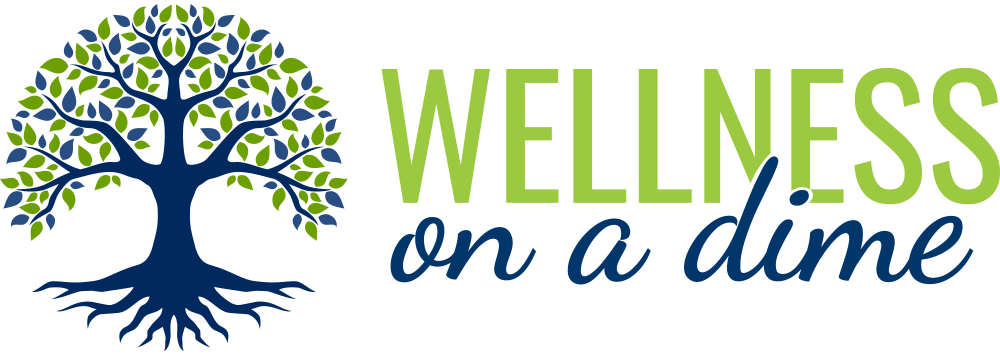


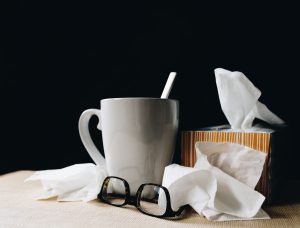 Rather than finding ways to treat an illness, you should do the things that improve your health in the first place. It’s much easier to spend an hour a day focusing on health than spending hours in the doctor’s office or the hospital. It’s also far less expensive. Your body heals itself, but only if it has the right tools. It requires the appropriate nutrients, plenty of sleep, adequate hydration, and exercise. It also needs protection from toxins and abuses, which include illegal drugs, cigarettes, and too much alcohol.
Rather than finding ways to treat an illness, you should do the things that improve your health in the first place. It’s much easier to spend an hour a day focusing on health than spending hours in the doctor’s office or the hospital. It’s also far less expensive. Your body heals itself, but only if it has the right tools. It requires the appropriate nutrients, plenty of sleep, adequate hydration, and exercise. It also needs protection from toxins and abuses, which include illegal drugs, cigarettes, and too much alcohol.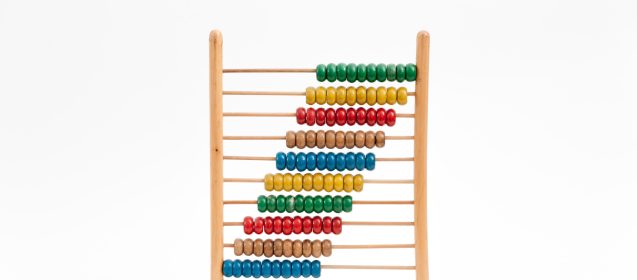
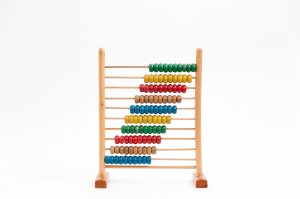 It’s difficult to shed those extra pounds, especially with so many theories and diets you find available. In Louisiana, people are turning to carb counting. Any type of diet can be unhealthy if taken to extremes. The same is true for carb counting. Reducing carbs can be done healthily by focusing on low-carbohydrate foods like vegetables and eliminating simple carbs, like cake and other products with added sugar. Here is a guide to counting carbs that will keep you healthy.
It’s difficult to shed those extra pounds, especially with so many theories and diets you find available. In Louisiana, people are turning to carb counting. Any type of diet can be unhealthy if taken to extremes. The same is true for carb counting. Reducing carbs can be done healthily by focusing on low-carbohydrate foods like vegetables and eliminating simple carbs, like cake and other products with added sugar. Here is a guide to counting carbs that will keep you healthy.
 There are three basic body types, ectomorphs, endomorphs, and mesomorphs. Each body type has similar exercise requirements, but they differ slightly based on their body type. You can use workouts for different body types once you identify the type of body that you have. The theory about using different exercises comes from the fact that each body type looks different and has different needs.
There are three basic body types, ectomorphs, endomorphs, and mesomorphs. Each body type has similar exercise requirements, but they differ slightly based on their body type. You can use workouts for different body types once you identify the type of body that you have. The theory about using different exercises comes from the fact that each body type looks different and has different needs.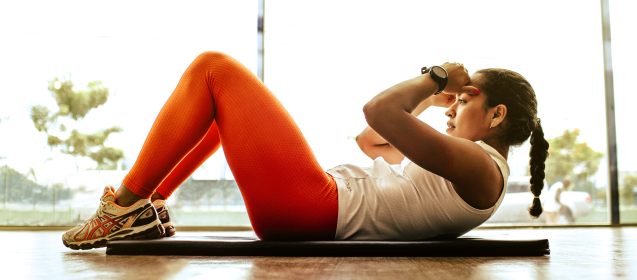
 Regular exercise is an important habit to develop a healthy body and build a healthy mind. It helps reduce the risk of chronic diseases and can improve the benefit of therapy for people with depression or anxiety. It also benefits people of all ages. For children, it can improve their cognitive abilities and their focus. It can also help manage pain from arthritis and other conditions. For seniors, besides improving health and aiding in accident prevention, it can help maintain cognitive functioning.
Regular exercise is an important habit to develop a healthy body and build a healthy mind. It helps reduce the risk of chronic diseases and can improve the benefit of therapy for people with depression or anxiety. It also benefits people of all ages. For children, it can improve their cognitive abilities and their focus. It can also help manage pain from arthritis and other conditions. For seniors, besides improving health and aiding in accident prevention, it can help maintain cognitive functioning.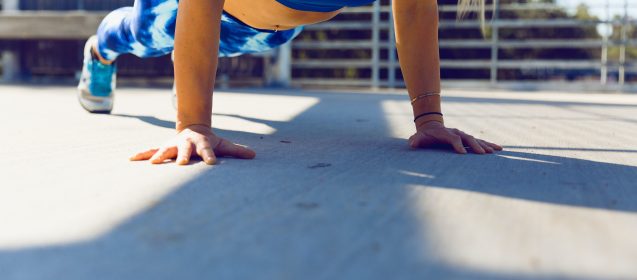
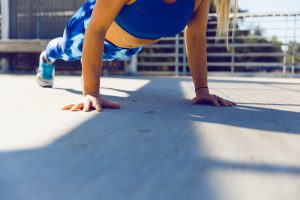 For centuries, people used no-equipment workouts. Sometimes, it was a function of their daily tasks. Carrying firewood, pushing a hand plow, and doing other chores was exercise enough. There were also local weightlifting contests, so farmers prepared for those. The exercises used were similar to the exercises used during military training. They were calisthenics and bodyweight exercises you could do anywhere. Here are a few of the exercises you can do at home. We have videos of many exercises you might want to try.
For centuries, people used no-equipment workouts. Sometimes, it was a function of their daily tasks. Carrying firewood, pushing a hand plow, and doing other chores was exercise enough. There were also local weightlifting contests, so farmers prepared for those. The exercises used were similar to the exercises used during military training. They were calisthenics and bodyweight exercises you could do anywhere. Here are a few of the exercises you can do at home. We have videos of many exercises you might want to try.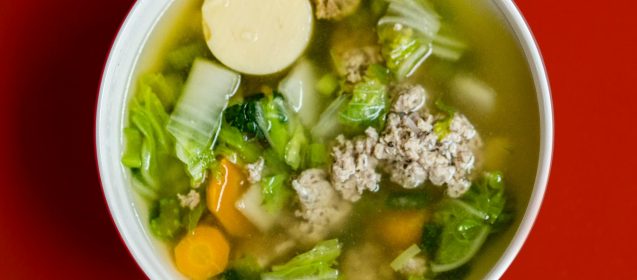
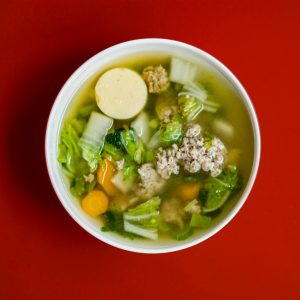 You’ll find many fat-burning detox soups if you google detox or weight loss soup. These options are popular for weight loss because they work. Before you get too excited, they only work in the short run and aren’t sustainable for long. Even though these detox soups may not be the solution for long-term weight loss, there is a place for them in your diet. Studies show that people who eat soup regularly often weigh less.
You’ll find many fat-burning detox soups if you google detox or weight loss soup. These options are popular for weight loss because they work. Before you get too excited, they only work in the short run and aren’t sustainable for long. Even though these detox soups may not be the solution for long-term weight loss, there is a place for them in your diet. Studies show that people who eat soup regularly often weigh less.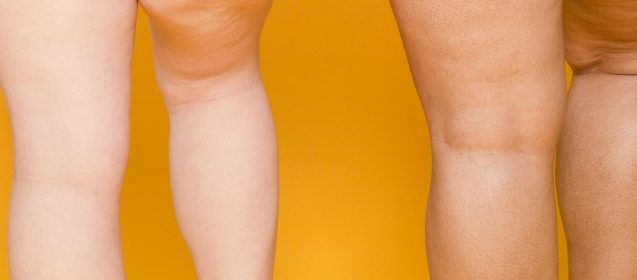
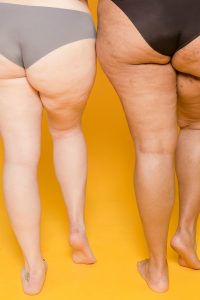 Many people in Louisiana ask for help eliminating cellulite. Cellulite is that bumpy skin often found on thighs and other parts of the body that causes the skin to dimple regardless of weight. You won’t get rid of cellulite simply by losing weight. It takes more than that. There are medical techniques to remove cellulite, but they all come with unwanted side effects and don’t address excess fat. What are the natural ways to eliminate it? There are none, but there are ways to minimize its appearance.
Many people in Louisiana ask for help eliminating cellulite. Cellulite is that bumpy skin often found on thighs and other parts of the body that causes the skin to dimple regardless of weight. You won’t get rid of cellulite simply by losing weight. It takes more than that. There are medical techniques to remove cellulite, but they all come with unwanted side effects and don’t address excess fat. What are the natural ways to eliminate it? There are none, but there are ways to minimize its appearance.
 No matter how fit you are, you should always warm up before you workout and cool down at the end. Warm-up and cool-down sessions should last about five minutes, so it doesn’t extend your workout by much. They both play a vital role in protecting your body from injury and boosting recovery. When you warm up you increase circulation and as the name implies, warming the muscles. Cooling down helps prevent blood from pooling in extremities.
No matter how fit you are, you should always warm up before you workout and cool down at the end. Warm-up and cool-down sessions should last about five minutes, so it doesn’t extend your workout by much. They both play a vital role in protecting your body from injury and boosting recovery. When you warm up you increase circulation and as the name implies, warming the muscles. Cooling down helps prevent blood from pooling in extremities.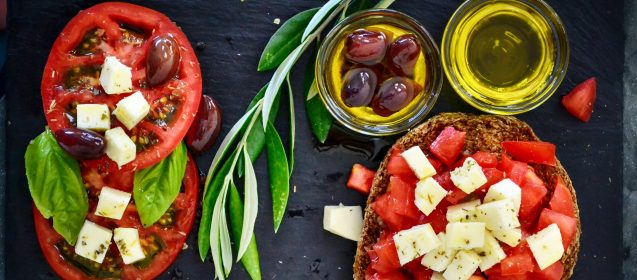
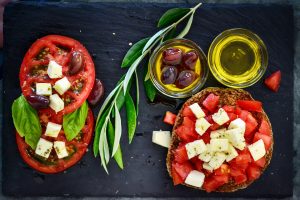 Before transporting food across nations was possible, each country or region had its style of eating based on the local food supply. The Mediterranean diet is one of those diets. The diet comes from the local cuisine of the French, Italian, Greek, and Spanish Mediterranean areas. It limits red meat and includes meals containing fish, local herbs, olive oil, and fresh fruit and vegetables. It became popular when scientists discovered that people in the Mediterranean areas had a lower risk of heart attacks, type 2 diabetes, strokes, and premature death.
Before transporting food across nations was possible, each country or region had its style of eating based on the local food supply. The Mediterranean diet is one of those diets. The diet comes from the local cuisine of the French, Italian, Greek, and Spanish Mediterranean areas. It limits red meat and includes meals containing fish, local herbs, olive oil, and fresh fruit and vegetables. It became popular when scientists discovered that people in the Mediterranean areas had a lower risk of heart attacks, type 2 diabetes, strokes, and premature death.